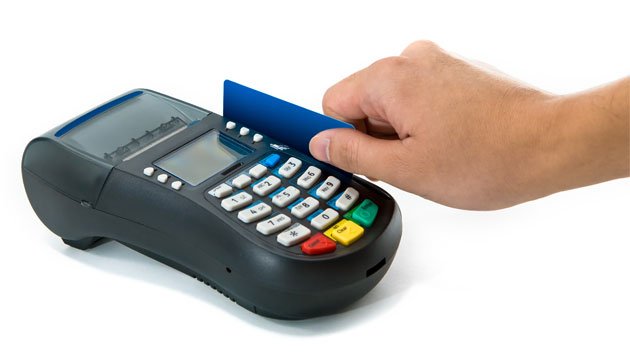
Consumers increasingly are turning to plastic over paper when they open their wallets. Credit and debit card spending exceeded $1 trillion in 1998, making it a necessary payment option for most businesses.
Yet many small businesses still don’t accept credit cards. If you’re one of the laggards, the entire transaction may retain the aura of a mystic ritual—swipe a card, input some numbers, and money magically appears in the bank. In reality, though, credit card transactions involve coordination between multiple high-speed computer networks.
Credit and debit card spending exceeded $1 trillion in 1998…
How the Process Works
When a merchant makes a sale and swipes a customer’s credit card, the card number, the amount, and the merchant ID travel over the credit card processor’s computer network. The credit card processor can either be a bank or a company that does nothing but provide credit card processing services.
From the processor’s network the transaction goes to a credit card computer network. If the customer is using Visa, for example, the transaction will go to Visa’s network. In turn, the electronic transaction goes to the bank that actually issued the card. The bank then checks the account and verifies the customer has adequate credit to cover the purchase. The bank then sends the merchant an authorization over the network. Now the sale is complete, but the transaction is not—no money has changed hands yet.
At the end of the business day, the merchant sends that day’s charges, in a batch, to the credit card network for processing. The transactions travel via the merchant’s credit card processor. Individual transactions are then stripped out and sent back to the individual cardholders’ banks. Banks then debit cardholders’ accounts and make appropriate payments to the merchant’s credit card processor through the Federal Reserve Bank’s Automated Clearing House.
The credit card processor then credits the merchant’s bank account for the transaction amount, minus its fees for the transaction. Those fees also go toward paying transaction fees to the issuing bank and the credit card network. Despite the use of computers, it can take two business days before the merchant’s account is credited.
Opening a Merchant Account
In order to accept credit cards, you must open a merchant account with a bank. However, many banks have gotten out of the credit card processing business, and those that remain are often skittish about servicing small businesses, particularly ones with limited operating histories.
Many small businesses must therefore go through a specialized credit card processor or an independent sales organization, commonly referred to as an “ISO.” Whether you use a bank or a credit card processor, you need a merchant account to receive credit card payments.
Though businesses can contact credit card processors directly, banks unable or unwilling to process credit transactions often refer customers to an ISO to help them find a credit card processor and get the necessary equipment and training to begin accepting credit cards.
Article courtesy of SCORE and AllBusiness.com.








